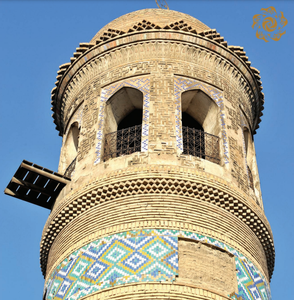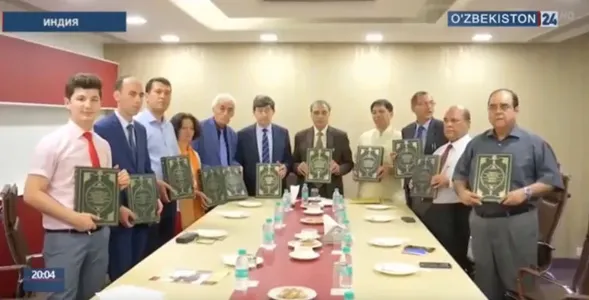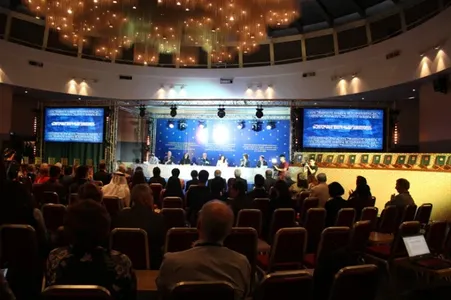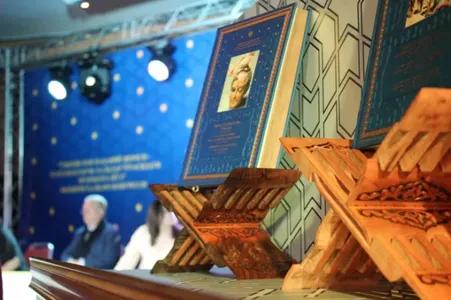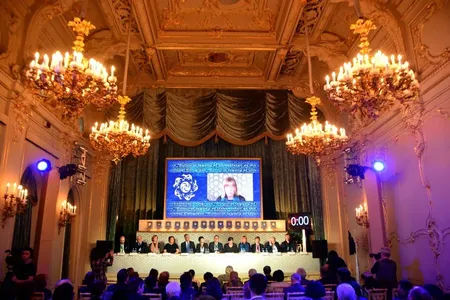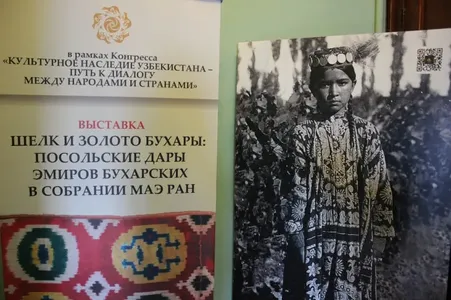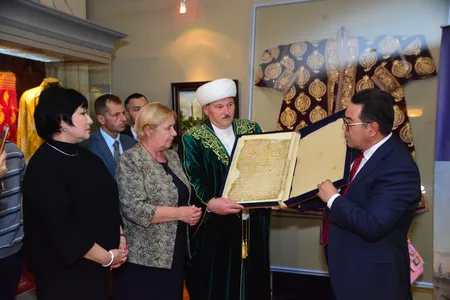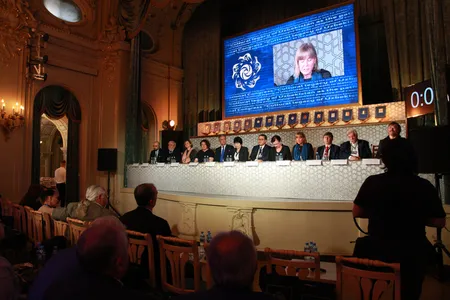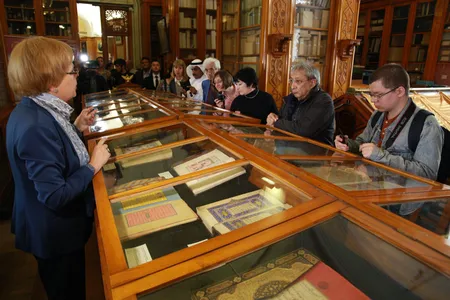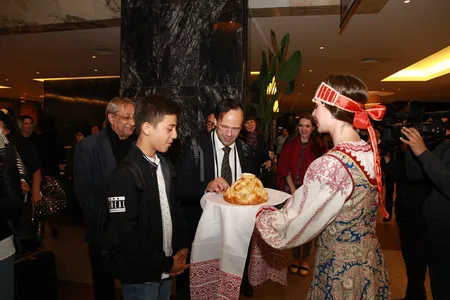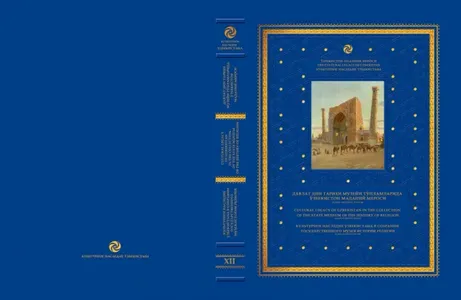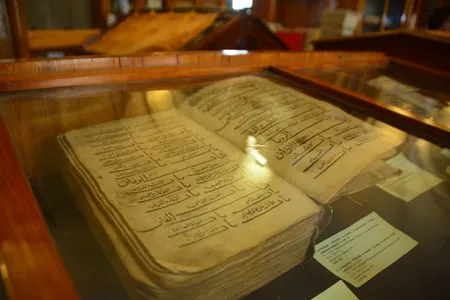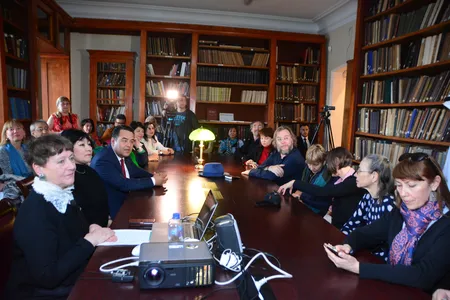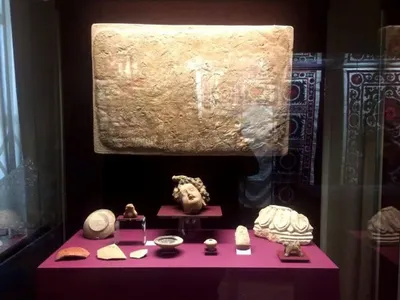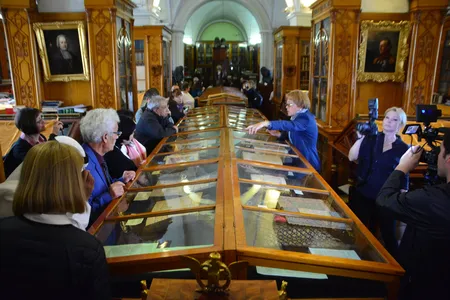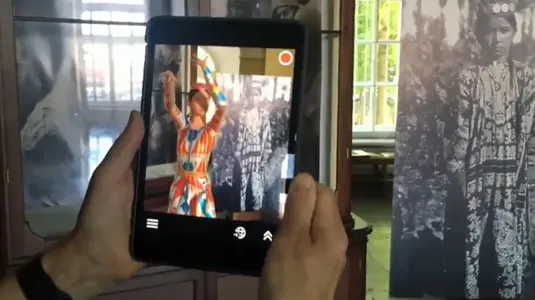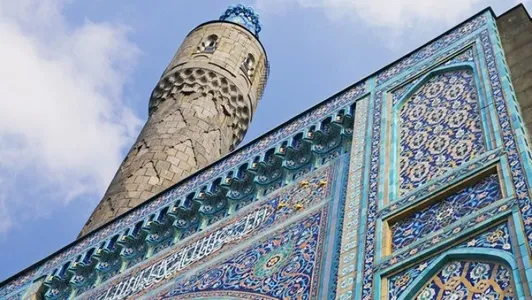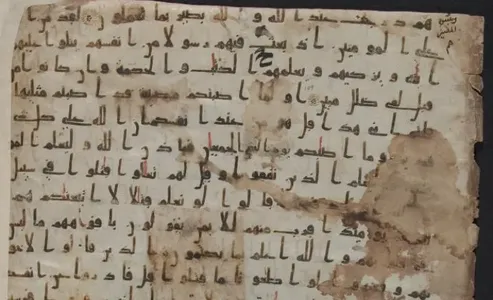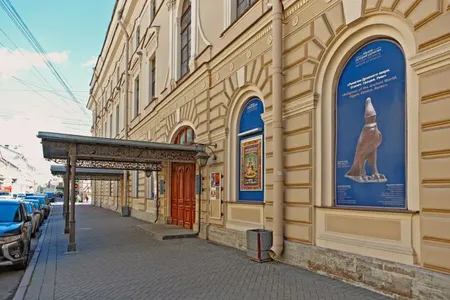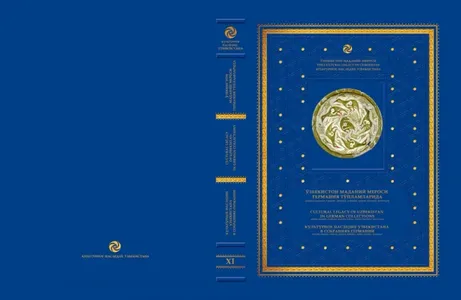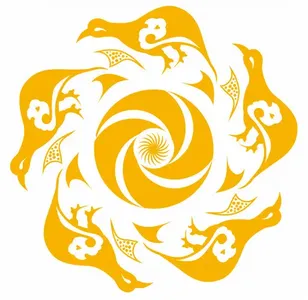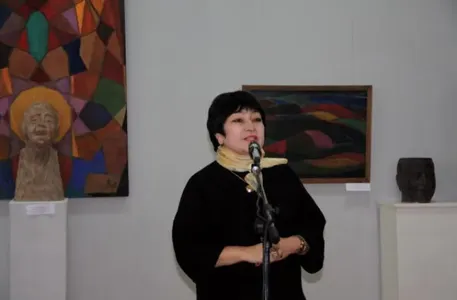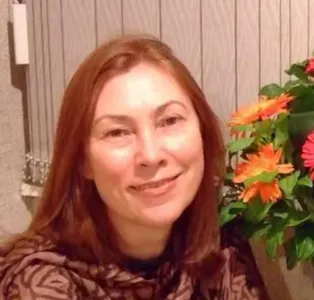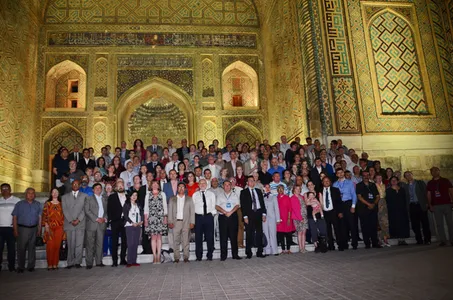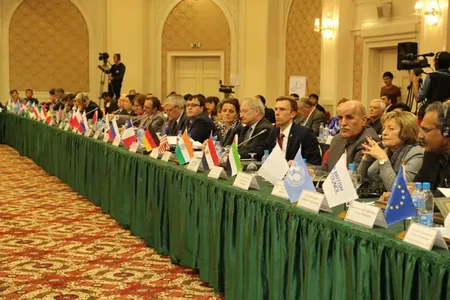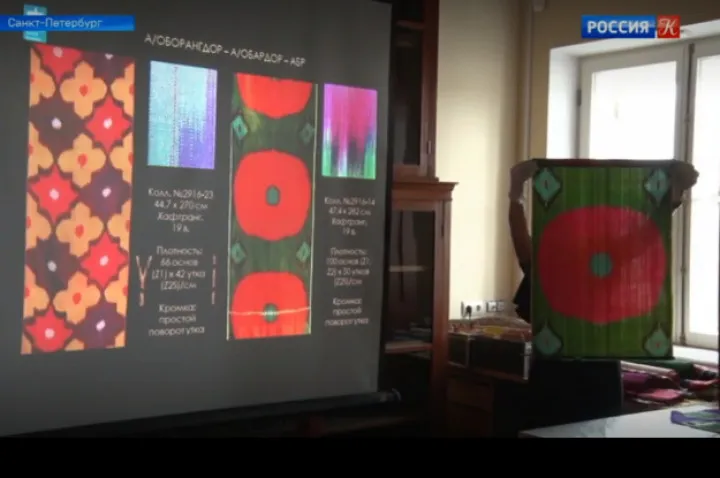
The International Scientific Congress on the cultural and historical heritage of Uzbekistan has opened in St. Petersburg.
Representatives of the largest museums, libraries, scientific institutes, and international organizations from 40 countries arrived in the northern capital.
Nadezhda Gusarova, a correspondent for the Kultura TV Channel, talks about the forum program.
On the first day of the congress, 6 exhibitions dedicated to the cultural legacy of Uzbekistan were opened in St. Petersburg. In the Hermitage and the Kunstkamera, the Russian Museum of Ethnography and the Russian National Library, archaeological and ethnographic artifacts, medieval manuscripts, gifts from the Bukhara emirs, carpets and silk fabrics from the collections of St. Petersburg collections are displayed. And the Uzbek guests brought rare books as a gift. For example, a facsimile edition of the Katta Langar Quran, this was considered canonical. This Quran belonged to Caliph Uthman, the third Caliph of the Righteous Caliphate, a state founded after the death of the Prophet Muhammad in 632.
“This manuscript has significance as a relic of the Muslims of the world. But at the same time it is of great importance for science. Because due to such manuscripts, and they are innumerable in the world, we can imagine the history of fixing the text of the Quran. This is the most important historical source for us,” says Yefim Rezvan, Deputy Director of the Kunstkamera.
The same rarity is the 13-volume book “Architectural Epigraphy of Uzbekistan” published especially for the Congress. The books-albums contain inscriptions made on the walls of mosques, madrasahs and mausoleums. For 6 years, a group of Uzbek scholars studied more than one and a half thousand of these ancient graffiti - poems, admonitions and sayings. “It is better to overcome three hundred mountains of Kaf, to stain the vault of heaven with the blood of the heart, or to be tethered in captivity for a hundred years, than to be an interlocutor of a fool for one moment” is written on the walls of the Khiva fortress Ichan-Kala.
“These are monuments located in the territory of Uzbekistan from the 9th to the early 20th century, i.e., in the Islamic period. And the monuments contained inscriptions that were practically not read by anyone. They contain such moral, humanistic meanings,” says Akbar Khakimov, Academician of the Academy of Arts of Uzbekistan.
The main event of the congress was a two-day media forum at the St. Petersburg House of Scientists. In its program, there were scientific discussions on archeology, history, oriental manuscripts, and numismatics of Uzbekistan.
“Today, Uzbekistan looks at the issues of cultural legacy in a completely new way. And the cultural legacy of Uzbekistan today is elevated to the rank of the brand of the country, the cultural brand of the country. And we treat our heritage today in a completely different way. And this congress is proof of our careful attitude,” explains Firdavs Abdukhalikov, head of the Cultural Legacy of Uzbekistan in the World Collections project.
The congress will premiere two dozen documentaries on the preservation of the historical heritage of Uzbekistan.

